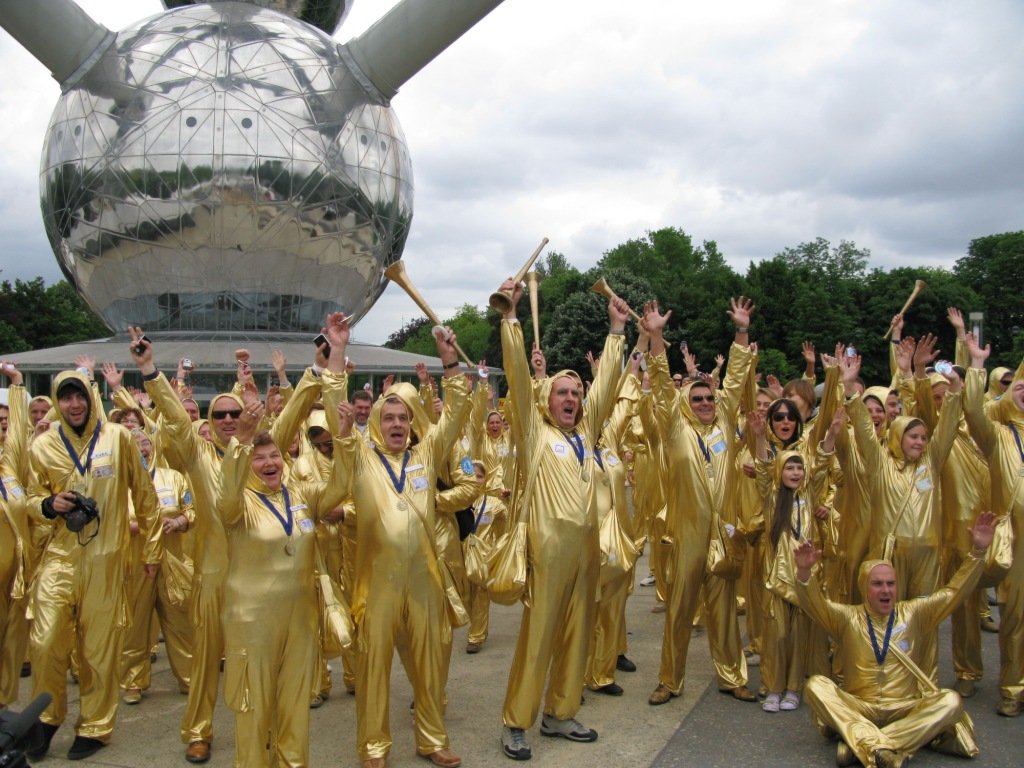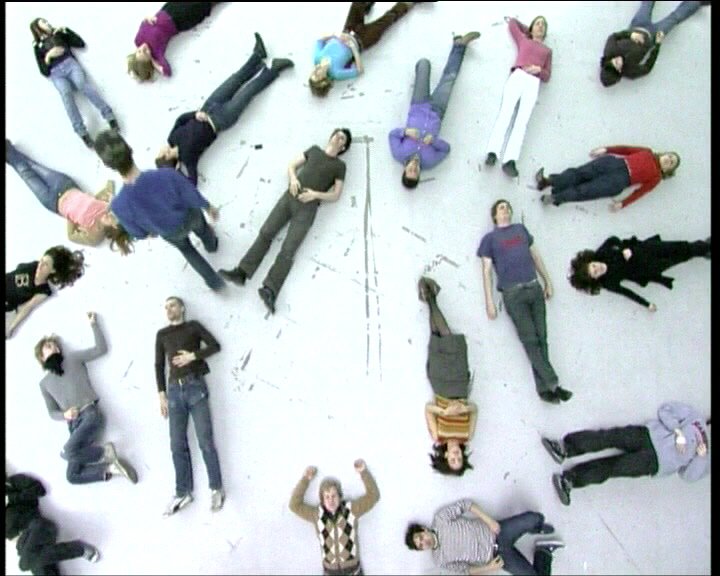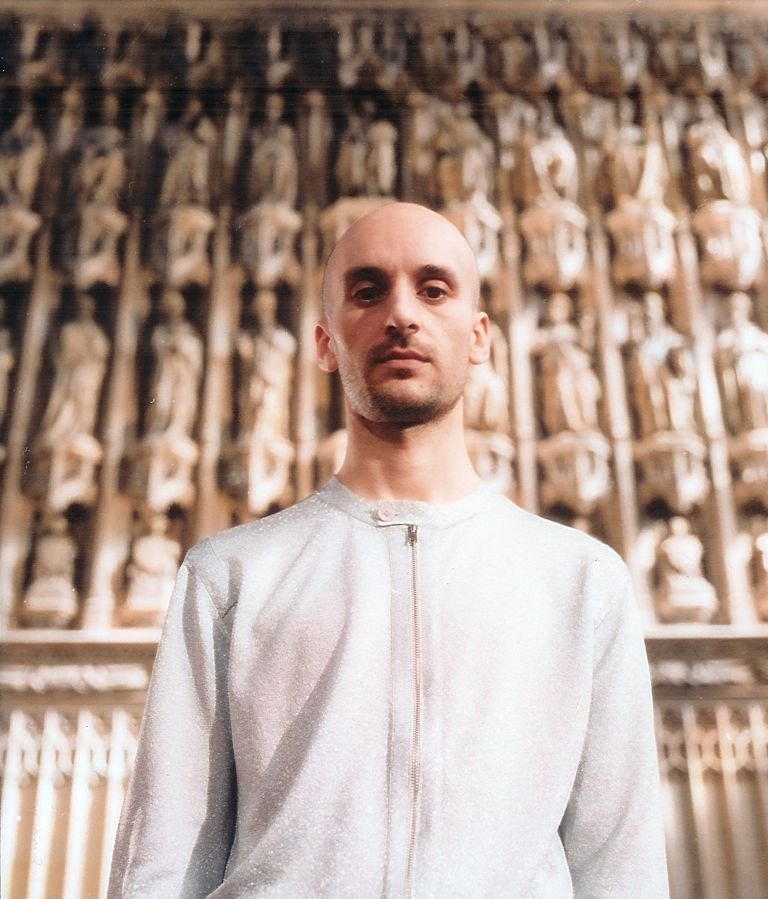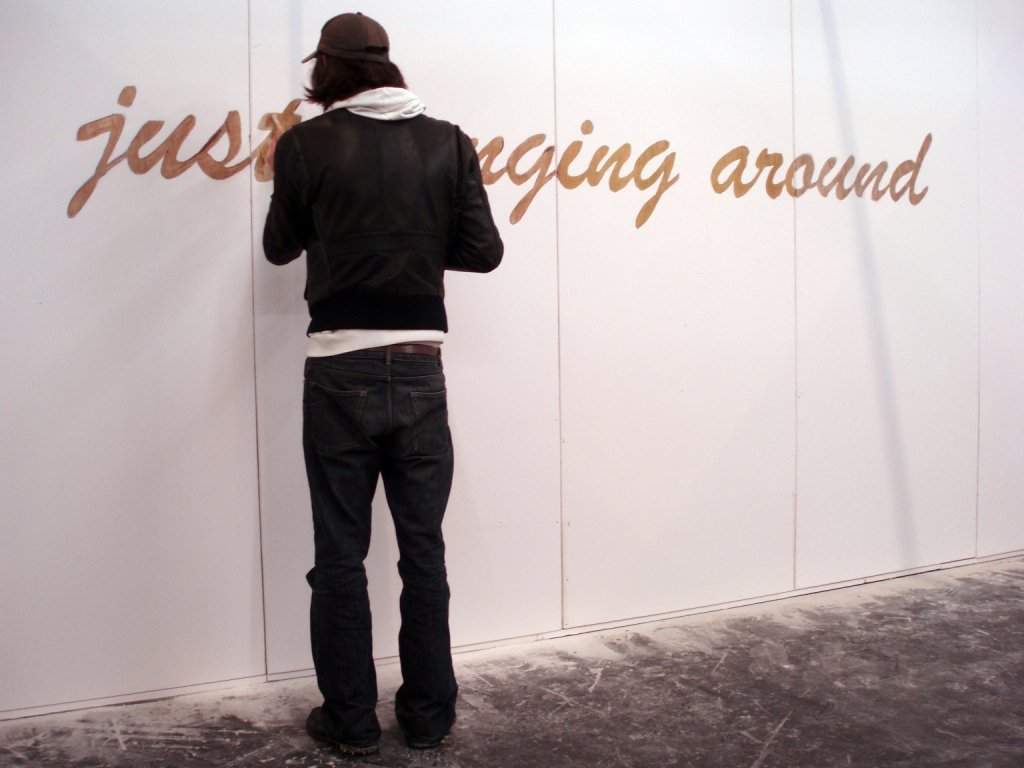|
Dates: September 8 — November 6, 2011
Venue: State Museum of Contemporary Art of the Russian Academy of Arts (10 Gogolevsky Boulevard)
The exhibition will result from a comprehensive research work effectuated by Moscow Museum of Modern Art in collaboration with a renowned Russian curator Viktor Misiano.
   
Exhibition’s concept
Initially, this project was conceived as a retrospective for a single group. Escape, which formed in Moscow in the late 1990s, was invited to commemorate its tenth anniversary with a monographic show at the Moscow Museum of Modern Art. But after intensive discussions with Viktor Misiano, the curator whom the group invited to collaborate, the idea to include other artists in the exhibition was born. The relational, dialogical art of Escape determined the nature of their anniversary exhibition as less of a chance to show their own work than an opportunity to revive a broad discussion of the topics and problems that have occupied them over the course of many years.
Escape's name came from the group's doubts about their chances for achieving their artistic goals in the context of the dominant art system, for conveying meaning in the context of dominant channels of representation and communication, for reaching the Other in the context of dominant social relationships. But what does "escape" mean today? Is it possible to create alternative programs and social niches? Is it possible to build autonomous zones of truly authentic communication? Today, in the era of mass communication and consumption, is it possible to conduct a conversation that is pointed, intimate, and confessional? If we must admit that art is doomed to become part of the global network of distribution, an "escape" could be related to the strategy of a virus, a parasite, a trickster. But can we maintain autonomy of the message while inhabiting alien spaces, structures, and languages? Or is the authentic message capable of transcending the means and structures used to broadcast it?
Or perhaps the problem is not one of structures and languages but of blind trust in the act of communication--in its motivations, functions and pragmatics. Could the true message be that which has no addressee? Could the true action be that which has no rational motivation and finds its true rationale in itself?
Finally, if we cannot see humane meanings in dominant social relations, can we be certain that we are capable of creating connections and commonalities of another sort? For so often attempts to reach the Other or to build a community end in unbearable pain and failure. Could anything bind us together as unconditionally as our shared inability of being with each other? Or could nostalgia for a commonality that either was lost or never existed be our only common value? Or could radical autism be the only authentic means of opening oneself to the Other? But what we really must understand is whether we are capable of dialogue with ourselves.
These questions were not born today, nor will answers to them come today. Several generations of artists working now entered art with these very questions, and they continue to seek answers to them. This project does not pretend to say something new and definitive, but it does not argue against such efforts, either. Nor does the project pretend to have the final word--a summary of what has already been done is invariably an investment in movement toward new experience. Instead, we would like to ask whether you can respond to these questions anew, without previously having found a definitive answer. Especially if these questions are ones you have posed yourself.
|